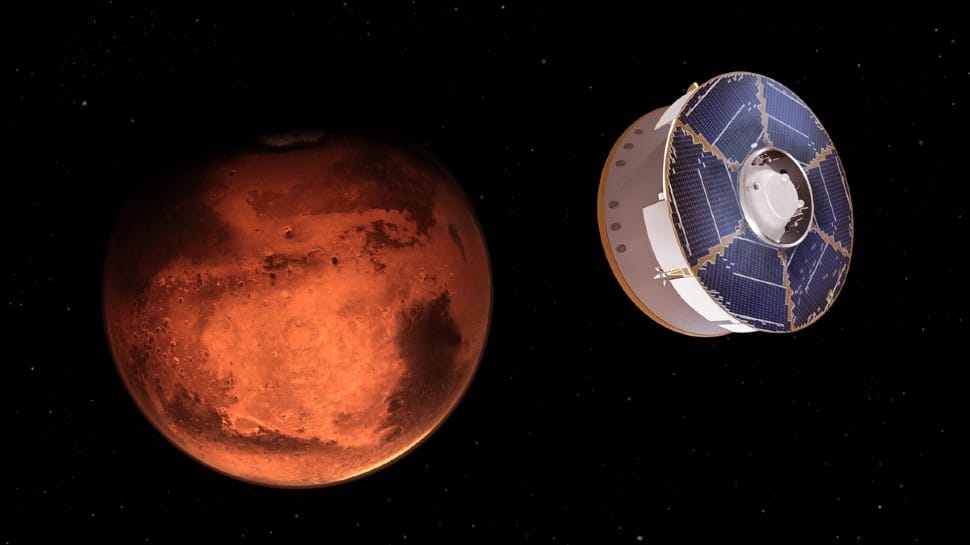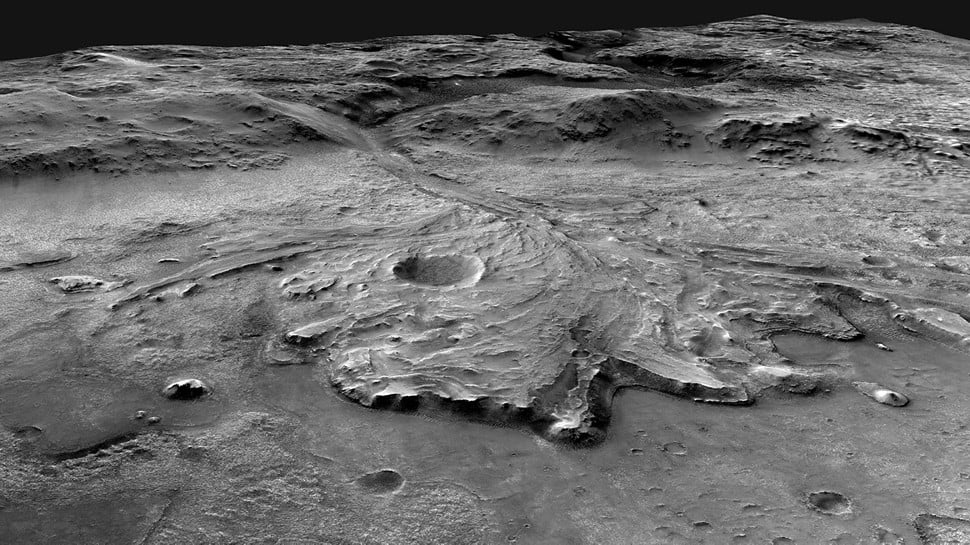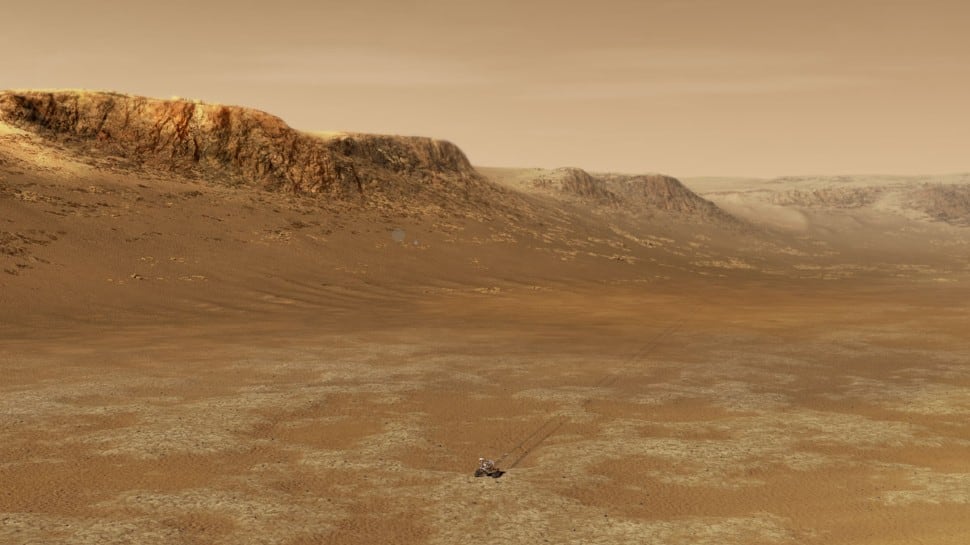NASA's Perseverance rover to explore Martian terrain, search for signs of life
NASA has confirmed that the rover, which was launched this summer, will touch down in Jezero Crater, an ancient delta on the Martian surface, at around 2:25 am IST on Friday. Hundreds of critical events must execute for the Perseverance rover to land on Mars safely.
Entering the Martian atmosphere (Credit: NASA)
)
This illustrates Perseverance rover's safe landing on Mars. Entry, Descent, and Landing (EDL) begins when the spacecraft reaches the top of the Martian atmosphere, travelling nearly 20,000 kph. (Credit: NASA)
Perseverance rover approaching Mars

With its heat shield facing the planet, NASA’s Perseverance rover would begin its descent through the Martian atmosphere. Hundreds of critical events must execute for the rover to land on Mars safely. (Credit: NASA)
Perseverance rover approaching Mars

This image shows NASA’s Mars 2020 spacecraft carrying the Perseverance rover as it approaches Mars. NASA's Jet Propulsion Laboratory in Southern California built and will manage operations of the rover. (Credit: NASA)
Angle on Jezero Crater

The picture depicts a possible area through which the Mars 2020 Perseverance rover could traverse across Jezero Crater as it investigates several ancient environments that may have once been habitable. (Credit: NASA)
Majestic Jezero Crater

An illustration of NASA’s Perseverance rover exploring inside Mars’ Jezero Crater. The 45-kilometre-wide crater is located on the western edge of a flat plain called Isidis Planitia, which lies just north of the Martian equator. (Credit: NASA)
Trending Photos








